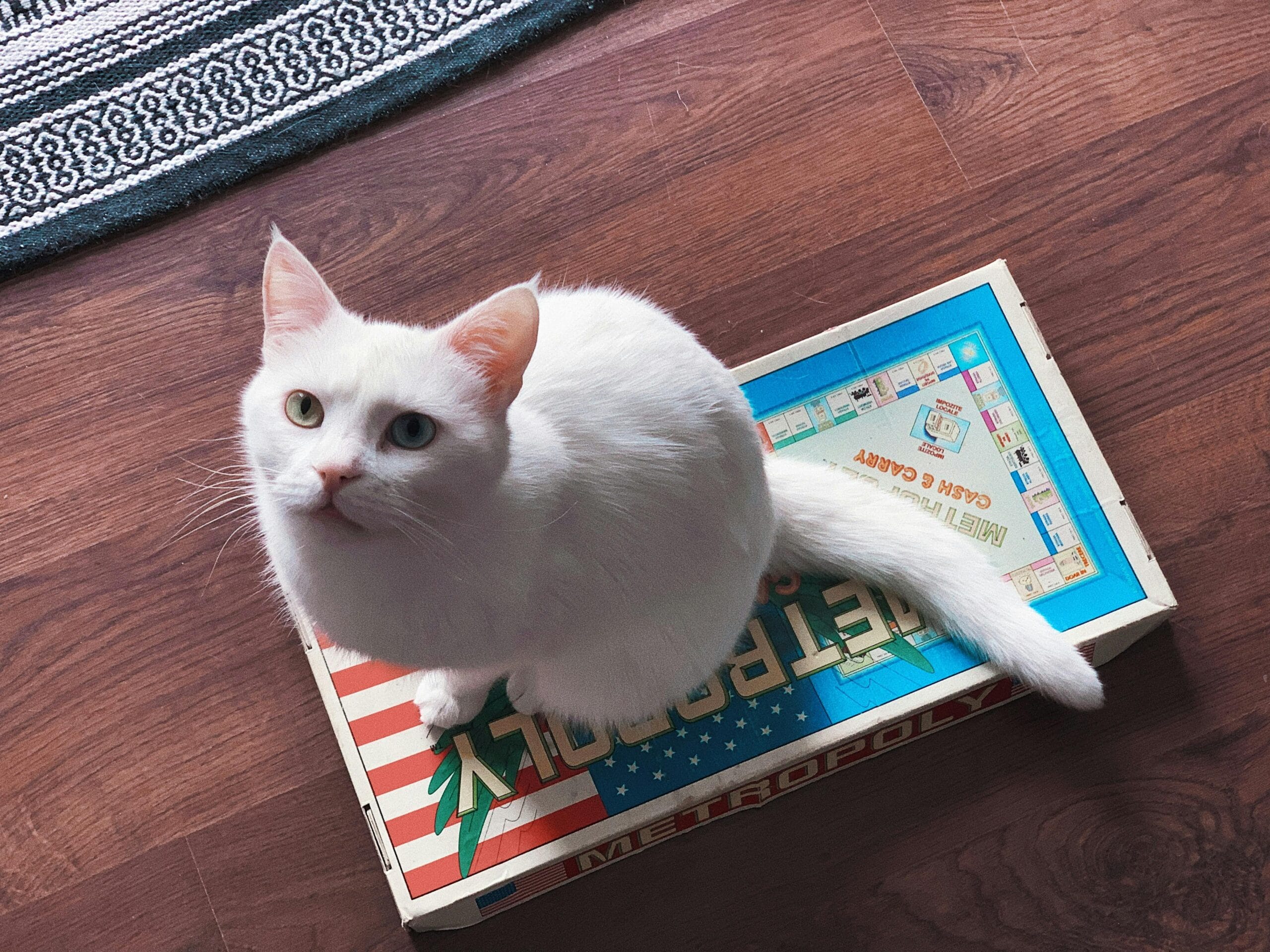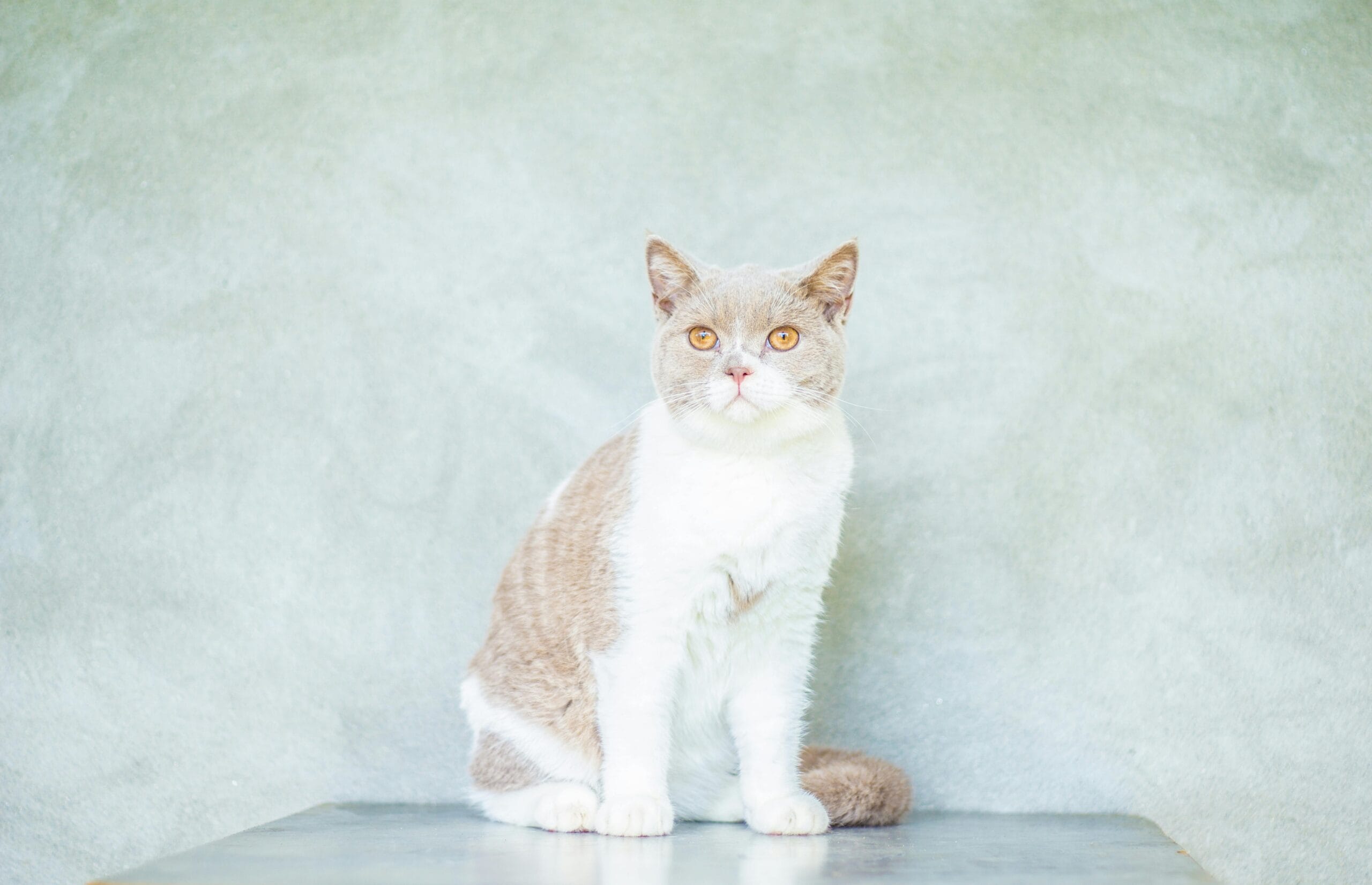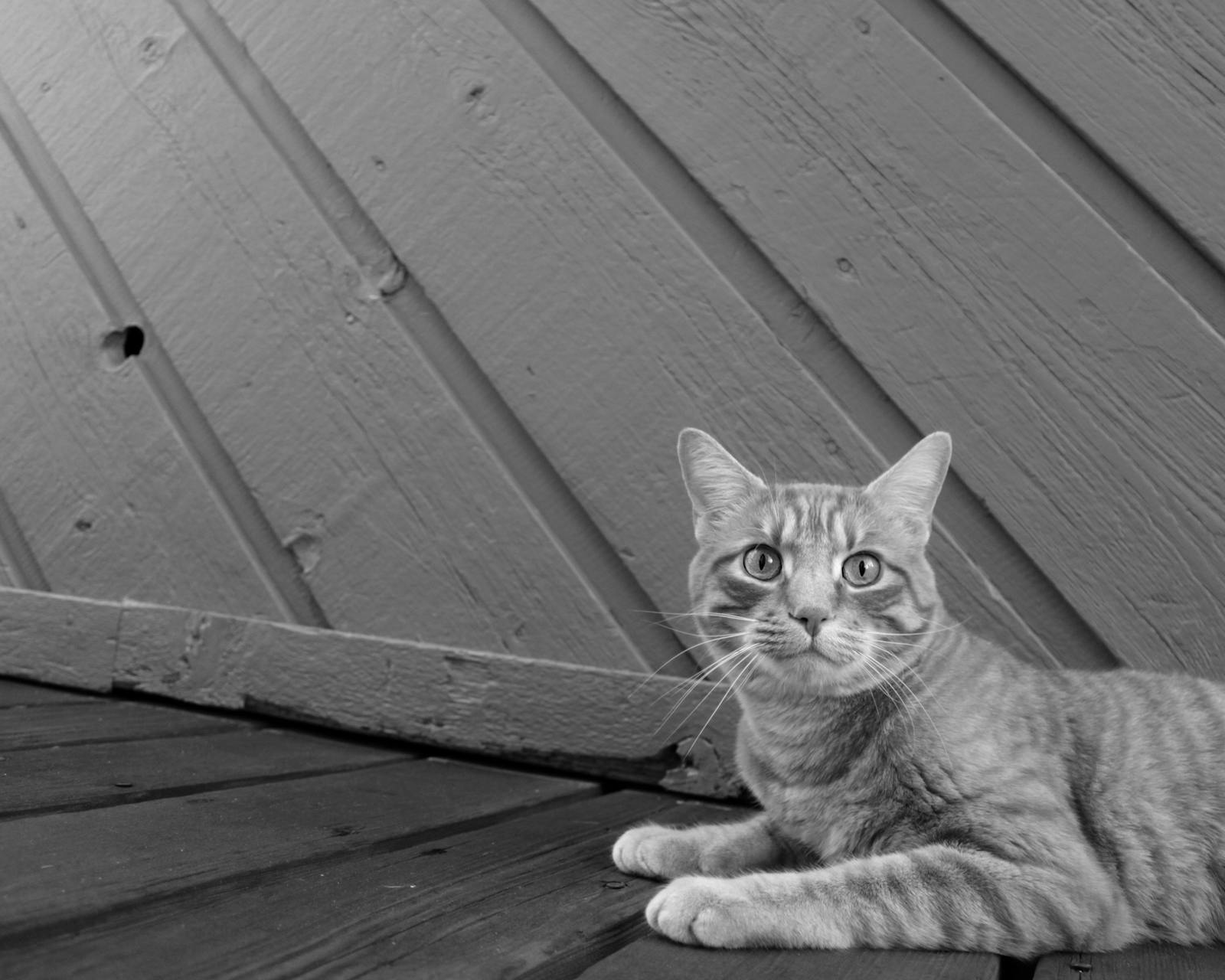Do Bengal Kittens Shed ?

Do Bengal Kittens Shed? Find out the truth about Bengal cat shedding! Learn how much Bengal kittens shed & prepare for your new furry friend. Get expert advice now!
Do Bengal Kittens Shed? A Comprehensive Guide to Bengal Cat Shedding
The Bengal cat, with its striking coat reminiscent of a miniature leopard, is a captivating breed. Their captivating appearance often leads prospective owners to wonder: Do Bengal kittens shed? The short answer is yes, but the extent of shedding varies depending on several factors. This comprehensive guide will delve into the intricacies of Bengal cat shedding, helping you understand what to expect and how to manage it.
Understanding Bengal Cat Coat and Shedding
Bengal cats possess a short to medium-length coat, often described as dense and luxurious. This coat is not just visually appealing; it also plays a significant role in their shedding patterns. The double coat structure, consisting of a dense undercoat and a longer, more visible outer coat, contributes to the amount of hair released. While they don’t shed as profusely as some long-haired breeds, understanding their shedding cycle is crucial for maintaining a clean and comfortable home environment. This leads us to our next question: How much do Bengal kittens shed?
How Much Do Bengal Kittens Shed?
The amount of shedding in Bengal kittens and adult cats varies significantly. Several factors influence this:
- Age: Kittens generally shed less than adult cats. As they mature and go through hormonal changes, shedding tends to increase.
- Season: Like many other cat breeds, Bengals shed more during the spring and fall as their bodies adjust to temperature changes. This is a natural process called shedding season.
- Diet and Health: A healthy diet rich in essential nutrients plays a crucial role in coat health. Nutritional deficiencies can lead to increased shedding and duller fur. Underlying health conditions can also contribute to excessive shedding; consulting a veterinarian is recommended if you notice significant changes.
- Genetics: Individual genetic variations within the breed can also impact shedding tendencies. Some Bengals simply shed more than others.
While some Bengal owners report moderate shedding, others describe it as manageable. The key is understanding your cat’s individual shedding patterns and proactively managing it through regular grooming.
Managing Bengal Cat Shedding: Practical Tips
Effective shedding management for your Bengal cat involves a multi-pronged approach:
Regular Brushing
Brushing is the cornerstone of shedding control. Regular brushing, ideally daily or at least several times a week, removes loose hair before it falls onto your furniture and carpets. A slicker brush or a de-shedding tool is particularly effective for Bengals. This simple act significantly reduces the amount of hair you find around your home. Frequent brushing also helps to distribute natural oils, keeping their coat healthy and shiny.
Proper Diet
Feeding your Bengal a high-quality diet formulated for cats is essential for maintaining a healthy coat. Look for foods rich in omega-3 and omega-6 fatty acids, known for promoting skin and coat health. These fatty acids are crucial for maintaining a healthy skin barrier function, which reduces shedding and improves coat quality. Consult your veterinarian or a veterinary nutritionist for recommendations based on your cat’s age and specific needs. A balanced diet directly impacts how much do Bengal kittens shed.
Bathing
Occasional bathing can help remove loose hair and keep your Bengal’s coat clean and healthy. However, avoid over-bathing, as it can dry out their skin. Use a cat-specific shampoo to avoid skin irritation. When bathing your cat, ensure the water temperature is lukewarm and the process is calm and gentle. It’s best to consult your vet if you are unsure about bathing your cat for the first time.
Grooming Tools
Investing in the right grooming tools is essential. A good quality slicker brush can effectively remove loose undercoat and dead hair. A de-shedding tool can also be helpful during shedding seasons. Regularly cleaning your grooming tools helps prevent the spread of bacteria and ensures optimal performance.
Environmental Considerations
Regular vacuuming and cleaning of your home will help remove loose hair. Using a lint roller can be helpful for quick cleanups on furniture and clothing. Consider using microfiber cloths and specialized pet hair removers for more effective cleaning.
Addressing Excessive Shedding
If you notice a significant increase in shedding beyond what’s considered normal for your Bengal, it’s crucial to consult a veterinarian. Excessive shedding can be a symptom of underlying health issues, such as allergies, parasites, or hormonal imbalances. A veterinary examination can help identify the cause and guide appropriate treatment. Cornell University College of Veterinary Medicine provides excellent resources on cat health.
Bengal Cat Shedding: Myths and Misconceptions
Many myths surround Bengal cat shedding. One common misconception is that Bengals don’t shed. While they may shed less than some long-haired breeds, they do shed. Another misconception is that regular brushing will entirely eliminate shedding. While brushing minimizes it, it doesn’t completely stop the natural shedding process.
Do Bengal Kittens Shed More Than Adult Bengals?
Generally, adult Bengals shed more than kittens. Kittens’ shedding is usually less noticeable due to their smaller size and less developed coat. As they mature, their shedding increases, particularly during seasonal changes. Understanding this developmental aspect helps in managing their grooming needs effectively throughout their lifespan. Consistent grooming throughout their lives significantly minimizes the amount of shedding.
Living with a Bengal Cat: Embracing the Shedding
Living with a Bengal cat means embracing their unique personality and, yes, their shedding. By following the tips outlined above, you can significantly manage the shedding and maintain a cleaner home environment. Remember that regular grooming is key, and a healthy diet and lifestyle contribute to a healthier, less-shedding cat. A proactive approach to grooming and maintaining your cat’s well-being is essential. For further insights into cat health and grooming, The American Society for the Prevention of Cruelty to Animals (ASPCA) offers valuable information.
The Role of Genetics in Bengal Cat Shedding
While environmental and lifestyle factors play a crucial role, genetics also influences the extent of Bengal cat shedding. Some Bengals are genetically predisposed to shed more than others. This is not a cause for concern unless accompanied by other symptoms. Understanding this genetic predisposition can help owners manage expectations and adapt their grooming routines accordingly. A healthy Bengal, regardless of their genetic predisposition to shed more, will still benefit from a regular grooming schedule.
For a deeper understanding of feline genetics and their impact on coat characteristics, you may want to explore resources from the National Center for Biotechnology Information (NCBI).
Conclusion: Embracing the Beauty, Managing the Shed
Do Bengal kittens shed? The answer is a resounding yes, but understanding their shedding patterns, employing effective grooming techniques, and maintaining a healthy lifestyle for your Bengal can significantly mitigate this aspect of cat ownership. Remember that regular brushing, a healthy diet, and proactive management are your best allies in keeping the shedding under control and enjoying the beauty of your magnificent Bengal companion.
Tell Us About Your Experience!
We’d love to hear about your experiences with Bengal cat shedding! Share your tips, tricks, and challenges in the comments below. Let’s build a community of Bengal lovers who support each other in navigating the joys and realities of owning this stunning breed. What are your best methods for managing Bengal cat shedding? How much does your Bengal shed, and what works best for you?

Do Bengal Kittens Shed? 10 Frequently Asked Questions
Here are 10 frequently asked questions about Bengal kitten shedding, with concise and helpful answers:
1. Do Bengal kittens shed?
Yes, Bengal kittens, like all cats, shed. While they don’t shed excessively compared to some long-haired breeds, Bengal cat shedding is a normal process. The amount of shedding can vary depending on factors like age, diet, and health.
2. How much do Bengal kittens shed?
The amount of How much do Bengal kittens shed varies. Generally, they shed moderately. You’ll likely notice more shedding during spring and fall as they go through seasonal coat changes. Regular brushing can help minimize loose hair.
3. Is Bengal cat shedding worse than other breeds?
No, Bengals are considered to be moderate shedders. While they do shed, it’s not excessive compared to long-haired breeds. Many owners find the Bengal cat shedding manageable with regular grooming.
4. Does the Bengal kitten’s coat affect shedding?
The short, sleek coat of a Bengal kitten contributes to moderate shedding. However, even short-haired cats shed. Regular brushing helps manage loose hair regardless of coat length.
5. When do Bengal kittens shed the most?
Similar to other cats, Bengals tend to shed more during spring and fall as their coats adjust to seasonal changes. This is a natural process and usually temporary.
6. How can I reduce Bengal kitten shedding?
Regular brushing is key to minimizing Do Bengal kittens shed and managing loose hair. A good quality brush, at least twice a week, will help remove dead hair before it falls out. A healthy diet also contributes to a healthy coat.
7. Will a Bengal kitten shed all over my house?
While Bengals do shed, it’s not usually to an excessive degree that will cover your entire house. Regular brushing and vacuuming will help keep shedding under control.
8. My Bengal kitten is shedding excessively, is this normal?
Excessive shedding can indicate an underlying health problem. If you notice a significant increase in shedding, consult your veterinarian to rule out any medical issues.
9. Can diet affect Bengal cat shedding?
Yes, a balanced and nutritious diet supports a healthy coat and can indirectly influence the amount of How much do Bengal kittens shed. Consult your vet for recommendations.
10. Are there any special grooming tools for Bengal cats to reduce shedding?
A slicker brush is generally recommended for Bengals due to their short, dense coat. This type of brush effectively removes loose hair and undercoat. Consider using a de-shedding tool during shedding seasons to further reduce loose hair.

Do Bengal Kittens Shed? Practical Tips and Health Considerations
Bengal kittens, known for their striking coats, do shed. While not excessively, regular grooming is essential. Understanding their shedding patterns helps maintain a clean home and a healthy cat.
Shedding Frequency and Amount
Shedding varies depending on factors like age, season, diet, and overall health. Kittens generally shed more during growth spurts. Adult Bengals tend to shed moderately year-round, with increased shedding in spring and fall.
Grooming Tips for Bengal Kittens
Regular Brushing: Daily brushing with a firm, slicker brush is recommended. This removes loose hair, prevents matting, and distributes natural oils for a healthy coat.
Bathing: Occasional baths (every few months) can help manage shedding, especially during heavier shedding periods. Use a cat-specific shampoo and conditioner.
Specialized Tools: Consider using a deshedding tool to efficiently remove undercoat.
Diet: A balanced diet rich in omega-3 and omega-6 fatty acids contributes to a healthier coat and reduces shedding.
Health Considerations Related to Shedding
Excessive Shedding: Increased shedding beyond normal levels might indicate underlying health issues like allergies, parasites, nutritional deficiencies, or stress. Consult a veterinarian if you notice significant changes in your Bengal’s shedding pattern.
Allergies: Bengal cat dander (dead skin cells) can trigger allergies in some individuals. Regular grooming minimizes dander in the environment.
Hairballs: Bengals, like many cats, groom themselves extensively, ingesting loose hair. This can lead to hairballs. Provide access to cat grass or hairball remedies as needed.
SEO Keywords:
Bengal kitten shedding, Bengal cat shedding, Bengal cat grooming, excessive shedding in Bengals, cat hair allergies, Bengal cat health, cat hairball remedies, managing Bengal shedding.